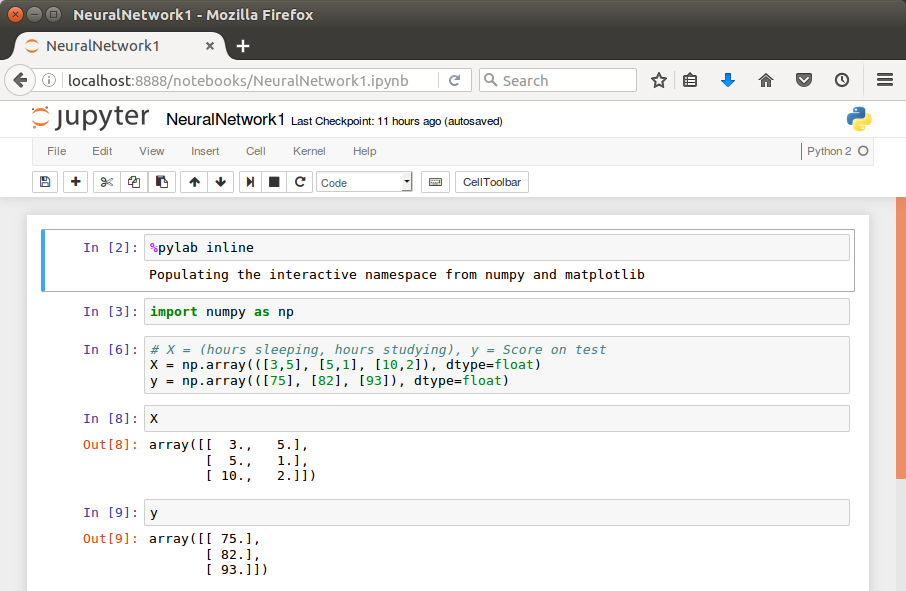

It's super helpful and useful as you can have everything in one place, encode and decode all of your tables at once, and the memory usage on top of your Pandas dataframe can be very minimal.

However the show_batch, show_results and more importantly predict methods fail when they try to rebuild a dataframe. What is fastai Tabular A TL DR When working with tabular data, fastai has introduced a powerful tool to help with prerocessing your data: TabularPandas. If res.dtype is torch.float64: return res.float() Perhaps Saturday and Sunday have similar behavior, and maybe Friday behaves like an average of a weekend and a weekday. This approach allows for relationships between categories to be captured. # if isinstance(x, (tuple,list)) and len(x)=0: return tensor(0)Įlse torch.tensor(x, **kwargs) if isinstance(x, (tuple,list))Įlse _array2tensor(x) if isinstance(x, ndarray)Įlse _pandas2tensor(x, **kwargs) if isinstance(x, (pd.Series, pd.DataFrame))Įlse as_tensor(x, **kwargs) if hasattr(x, '_array_') or is_iter(x) A key technique to making the most of deep learning for tabular data is to use embeddings for your categorical variables. Load best model losses np.array() best np.argmin(losses. fastai's forum is quite active and you may get response from. dl (testdata, bs64) apply transforms preds, model.getpreds (dldl) get prediction. You just need to apply the same transformations on this new data as you did for training data. # There was a Pytorch bug in dataloader using num_workers>0. In this notebook, we used a basic fastai TabularLearner to generate. model.getpreds is used get batch prediction on unseen data. "Like `torch.as_tensor`, but handle lists too, and can pass multiple vector elements directly." Return as_tensor(v, device=None, requires_grad=False, pin_memory=False) If nb_rows = 1: v = v.item() # only one row, cannot stack If (v.dtype = np.object_): # deals with arrays whose item type is itself a numpy array V = x.values # extracts the values as a numpy array Fast vectorized array operations for data munging and cleaning. Note that the TabularProcessor should be passed as Callable: the actual initialization with catnames and contnames is done during the preprocessing. Because NumPy provides an easy-to-use C API, it is very easy to pass data to external. R and database consoles seem to demonstrate good abilities to do this. The TabularProcessor in procs are applied to the dataframes as preprocessing, then the categories are replaced by their codes+1 (leaving 0 for nan) and the continuous variables are normalized. One of the predicts one point at a time and the other many.
Fast.ai tabular data pass np.array how to#
By searching online i found 2 ways on how to do inference once you have trained a model. "Converts pandas Dataframe or Serie into numpy array." 19 I would like to print NumPy tabular array data, so that it looks nice. at 1:12 oh i see, they are local files on my computer and I have just hardcoded paths to them within my code. fastai version: 2.5.2 Describe the bug hello i am using fastai tabular for a classification problem.
Fast.ai tabular data pass np.array code#
I manage to get it training when I inject the following code into fastai def _pandas2tensor(x, **kwargs):


 0 kommentar(er)
0 kommentar(er)
